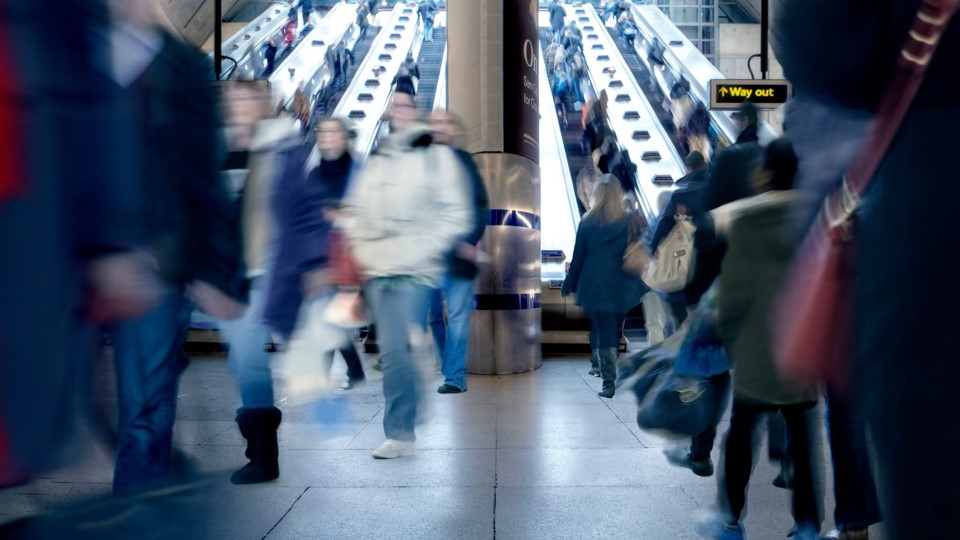 Three-quarters (75%) of people would choose a better-connected public transport system, rather than driving, according to a report published by Hitachi Rail which analysis attitudes towards public transport and smart mobility in eight cities worldwide.
Three-quarters (75%) of people would choose a better-connected public transport system, rather than driving, according to a report published by Hitachi Rail which analysis attitudes towards public transport and smart mobility in eight cities worldwide.
The research for the report was conducted by Savanta ComRes and investigated over 8,000 peoples’ attitudes in Washington, D.C., Toronto, London, Paris, Dusseldorf, Turin, Dubai and Bangkok. Hitachi Rail commissioned the research to better understand the push and pull factors for using public transport and how they interact with Hitachi Rail’s smart, digital solutions the business is rolling out to support cities around the world.
“Cities face significant pressure to reduce the cost of operating their transport networks, cut congestion and minimize CO2. This can be achieved by moving people out of their cars and onto public transport, which poses a significant challenge for many cities and for many reasons,” Ludmil Neykov, Chief Digital Officer, Hitachi Rail, said.
The research provides useful insights for transport planners seeking to understand how to increase public transport usage. Overcrowding (48%) and busyness (42%) of services are the single biggest factors that put people off. In contrast, people identify the three C’s – cost, convenience and comfort – as their biggest motivators to travel, with 79% noting the appeal of the ability to avoid crowded services, and 78% highlighting the importance of shortest journey time, and cheapest travel option.
People across cities also share a clear sense of how public transport networks can overcome existing barriers, placing an emphasis on the benefits of digitization. For example, 73% suggested they would be more likely to travel on public transport if they could see live information on crowding levels on services. This rises to almost 9 in 10 people in Bangkok. The research also shows the public have a strong general understanding of what ‘smart’ transport means, driven by high levels of take-up of digital apps, with 59% of respondents using them to plan or book their journeys.
The digitalisation is also a barrier. Almost two-thirds (63%) of respondents are put off from using public transport where they needed to use multiple different apps, while only just over half were willing to share their payment details with multiple travel apps. This reticence varies dramatically from country to country, with far lower trust in North America and the UK, compared to mainland Europe and Asia.
Across every city, the majority (averaging 71%) noted that they now travel differently following the pandemic. Those surveyed do however expect that how they travel will change again (59%). This provides hope for municipalities around the world, whose net-zero and air pollution targets require solutions that reduce the use of polluting vehicles.
The research finds that people would also be prepared to pay more for better-connected public transport. When faced with the same option of a better-connected public transport system but at a higher cost than driving, 3 in 5 people (60%) still suggested that they would choose to travel this way.
The study also finds that one possible route for charging and paying for better-connected public transport could be via new or increased road charges. Overall, 63% were in favor of this as a revenue source, with only 14% against – despite almost two-thirds of people (63%) believing that they now drive more post-pandemic. Even in cities with the highest percentage of driving commuters, there is still a majority in favor of such taxes (51% in Toronto and 52% in Washington, D.C.).
Share on:



